CONTENTS
Guide For First-Time Flyers: How To Find Flight Number?
Navigating a busy airport can be exciting and stressful for even the most seasoned travellers. If you are a first-time flyer, you will have questions about air travel.
From confusing airline schedules to getting on the right flight on time, things can be overwhelming when you first set foot in the terminal. One of the first necessary steps is knowing how to find your flight number for a smooth flight.
Let's review these tips together to boost your confidence. With careful preparations, you can ensure your first time flying will be an excellent and worry-free experience.
What Are Flight Numbers?

Flight numbers are usually displayed on airport monitors for passengers to check their flight information. Photo by andreas160578 on Pixabay
The flight numbers listed on airport display monitors seem random at first glance. However, each of them has a meaning. They are assigned systemically to each flight for easy identification.
Flight numbers are internationally recognised codes assigned to aircraft to identify each aircraft and its path. There are over thousands and thousands of flights daily. So having an organised system helps. Both passengers and aviation personnel can locate flights easier.
With most flight numbers, there are two parts: an airline code that is recognised internationally and a numeric sequence up to four digits long. For most airlines, the airline codes are usually short abbreviations for their full names. For example, here are the codes for some of the most popular airlines:
- (AF) Air France
- (BA) British Airways
- (EK) Emirates
- (VS/VIR) Virgin Atlantic
- (EZY) EasyJet UK
- (EXS) Jet2.com
- (RYR) RyanAir
- (QR) Qatar Airways
Where To Find Flight Numbers?

Example of a flight number on your ticket. Photo by detakstudio - stock.adobe.com
You can find flight numbers on your boarding pass, flight ticket, or booking confirmation. One of the most direct ways to locate your flight is to see it near the top of your physical or digital ticket.
Keeping your flight ticket and boarding pass handy at the airport is helpful. You might need them during check-ins, at security checkpoints or while figuring out the direction to your boarding gate.
If you cannot find your flight numbers on your boarding pass or flight ticket, don’t panic. There are other ways to find your flight number. Let’s explore the options below.
Contact Customer Support
Most airlines have customer support hotlines for passengers who need help finding their flight numbers or require additional information. They also help you with ticket refunds, purchasing extra baggage and other services. Most customer service representatives are available 24/7, and you can simply check your airline's website for the hotline.
Help Desks From Airlines
Most airlines have help desks at airports to support passengers with flight schedule information and additional services. You can reach out and request instant support from your airline's representative.
Information Desks from Airports
Located near the entrance of most airports, you can find a wide range of services available at airports’ information desks. They'll do everything from guiding you in the right direction to your boarding gate to informing you of your flight time and flight number.
Major international airports have staff available 24/7, so you can get instant support from information desks at any time of the day.
CabinZero's Tips For First-time Flyers

Flight numbers are usually displayed on monitors for passengers to check their boarding gates, flight status, and more. Photo by Ekaterina Pokrovsky - stock.adobe.com
From the essential checklist to good air travel practices, let's review our tips before your first flight to make your trip easier and hassle-free.
Essential Documents for Air Travel
Travel documents are a must-have before flying by airlines for all flights, depending on the national regulations of the destination country.
- ID document: Your passport is essential for flights, especially international ones. Remember to make sure that your passport is still valid.
- Flight tickets: Depending on your airline's policy, you should have your flight ticket in the either hard or soft copy before boarding. If you have a digital ticket in your email, take a screenshot of it so you can have it handy with or without access to the Internet.
- Other travel documents: Ensure you have the necessary documents to enter your destination. Different places require different papers. For instance, some countries require a visa and COVID-19-related documents.
Good Habits To Have
Ensure you have your essential travel documents handy at security checkpoints, as you might need them for identity verification anytime.
It is helpful to note that you might have to get some items out for security checks, such as your laptop, tablet, phone and other devices. Pack your electronic devices in a way that you can quickly unpack them as you go through security.
Metal will slow you down at a security line. Therefore, jewellery that is hard to remove and bulky accessories are not recommended. On that note, you should avoid wearing shoes with metal studs or high heels with metal nails.
Pack Your Luggage Well

Packing in advance with a carefully planned checklist is a great way to minimise pre-trip anxiety.
Each airline has different guidelines for baggage regarding weight and size. Thus, picking suitable cabin bags is essential. You should always double-check with your airline to avoid last-minute hassles such as additional charges for overweight luggage or oversized carry-ons.
It is helpful to be aware of the allowed versus prohibited items for air travel. Ensure you do not have any items that are banned in your carry-on and check-in baggage while packing at home.
Dress Well For Air Travel
Choosing what to wear for your first flight can be as challenging as deciding what to pack. However, you can express your style and still have a comfortable long flight.
- Footwear: You should opt for shoes that are easy to remove and put back on. For example, slip-on shoes are great, and knee-high boots with complicated laces are probably not.
- Clothing: Breathable and stretchy clothes with comfortable materials are highly recommended. Layering is always a good idea for air travel dressing as the cabin can get too hot or too cold for your liking.
- Business Attire: If you travel for business and prefer to wear your work outfit on the plane, you can choose wrinkle-free blazers or business-looking stretchy pants.
Best Practices While In The Air

Opt for water or non-alcoholic beverages during your first flight to ensure you are properly hydrated. Photo by Svitlana - stock.adobe.com
Are you nervous and worried about motion sickness? Know yourself and be well prepared. Visit your local drugstore for motion sickness pills or wristbands before your flight. This will give you peace of mind, and you can get on the plane less stressed.
Avoid being super hyper or intoxicated in the middle of a long flight. Remember, water is your best friend. For your first flight, it is okay to be nervous. You can ensure your first flight goes smoothly if you can be your best self.
On that note, you should stay hydrated but not too hydrated. Aeroplane aisles are pretty narrow, so going to the bathroom frequently is not a comfortable idea.
Useful Air Travel Terms To Know
Terminologies used in airports can be confusing, even for seasoned travellers. Here are frequently used air travel terms for you to know before your first flight to boost your confidence.
- Flight Number: Refers to the specifically assigned number of your flight. Flight numbers with assigned boarding gates are usually available on displayed monitors inside airports.
- Baggage/Luggage: Refers to all bags and other items that passengers bring on an aeroplane, including suitcases, backpacks, sporting equipment and anything that fits within air travel restrictions.
- Carry-on: Refers to small baggage each passenger can bring onto the aircraft by hand. It should be stowed in an allotted overhead bin.
- Baggage Area: Where you can find your baggage on large moving belts.
- Online Check-in: Refer to the process of finalising your booking and reserve your seat on the aeroplane.
- Boarding Pass: You can get your boarding pass after checking in online or at the airport. The boarding pass will have your personal and flight details, including your flight number and reserved seat.
- Gate: An entrance to a bridge or tunnel that connects your aeroplane to the airport.
- Airport Kiosk: An interactive device located throughout an airport terminal. You can get information such as flight status and other inquiries by interacting with them. Some programs, such as TSA precheck or Global Entry, also use these kiosks.
- Terminal: Refers to a building at an airport through which passengers can board or leave the aircraft. Think of it as a station where you pass through security and Immigration before entering the gates to board the plane.
FAQ

Air travel can be an exciting experience, whether solo or in a group. Photo by adrian agawin on Pexels
1. How To Find My Flight Number?
You can locate your flight number on your flight ticket, boarding pass or booking confirmation. You can also contact your airline via the customer service hotline or help desk. Information desks available at airports can help you as well.
2. Is My Flight Number And My Ticket Number The Same?
No, they are not the same. Flight numbers are used to identify different flights operated by different airlines. Ticket numbers are used to identify each passenger on each flight.
3. When Should I Get To The Airport?
Depending on each airline, a general rule of thumb is to be at the airport for at least two hours for domestic and four hours for international flights. You can check with your airline for specific requirements.
For first-time flyers, arriving early at the airport before your flight can give you more wriggle time. You can check in your baggage, collect your boarding pass and finish security screening with less pressure.
4. Where Can I Find My Flight Status?
You can search for flight schedules and delays and track flight information in real-time via your airline's website. Simply enter your flight number, and you should find what you want. You can also use flight tracker applications and websites as well.
Find Your Flight Number With Ease & Have Fun On Your First-time Flying
Whether you are flying domestically or internationally, your first flight will always be memorable. With the growing popularity of air travel, flying is an easy and convenient way to discover new destinations.
For most people, a new experience, such as flying, can be daunting. However, knowing how to find flight numbers is the first step toward discovering how fun exploring exciting new places can get. All these preparations will be worth it. Congratulations on your first flight, and have fun travelling!
Chau Dao


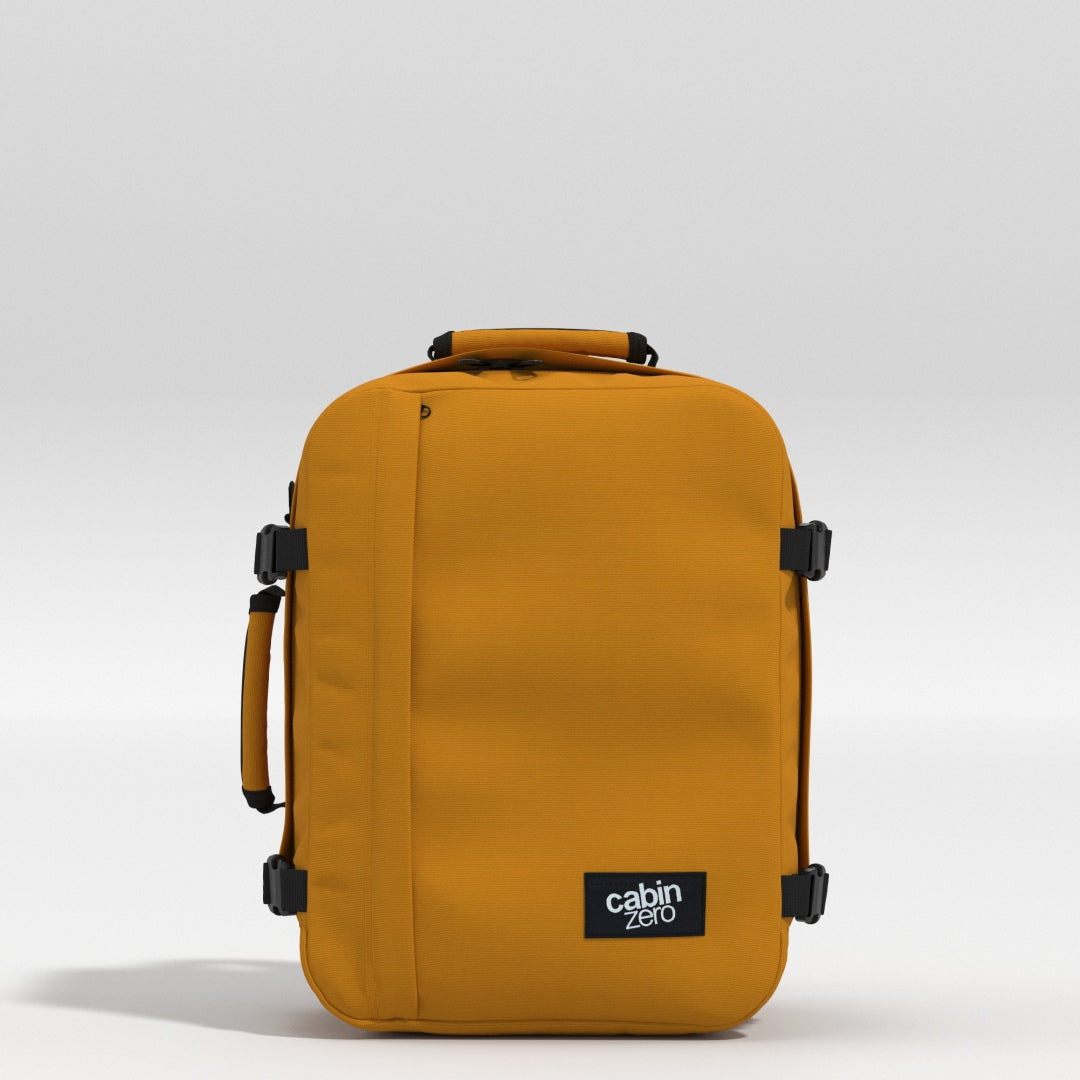

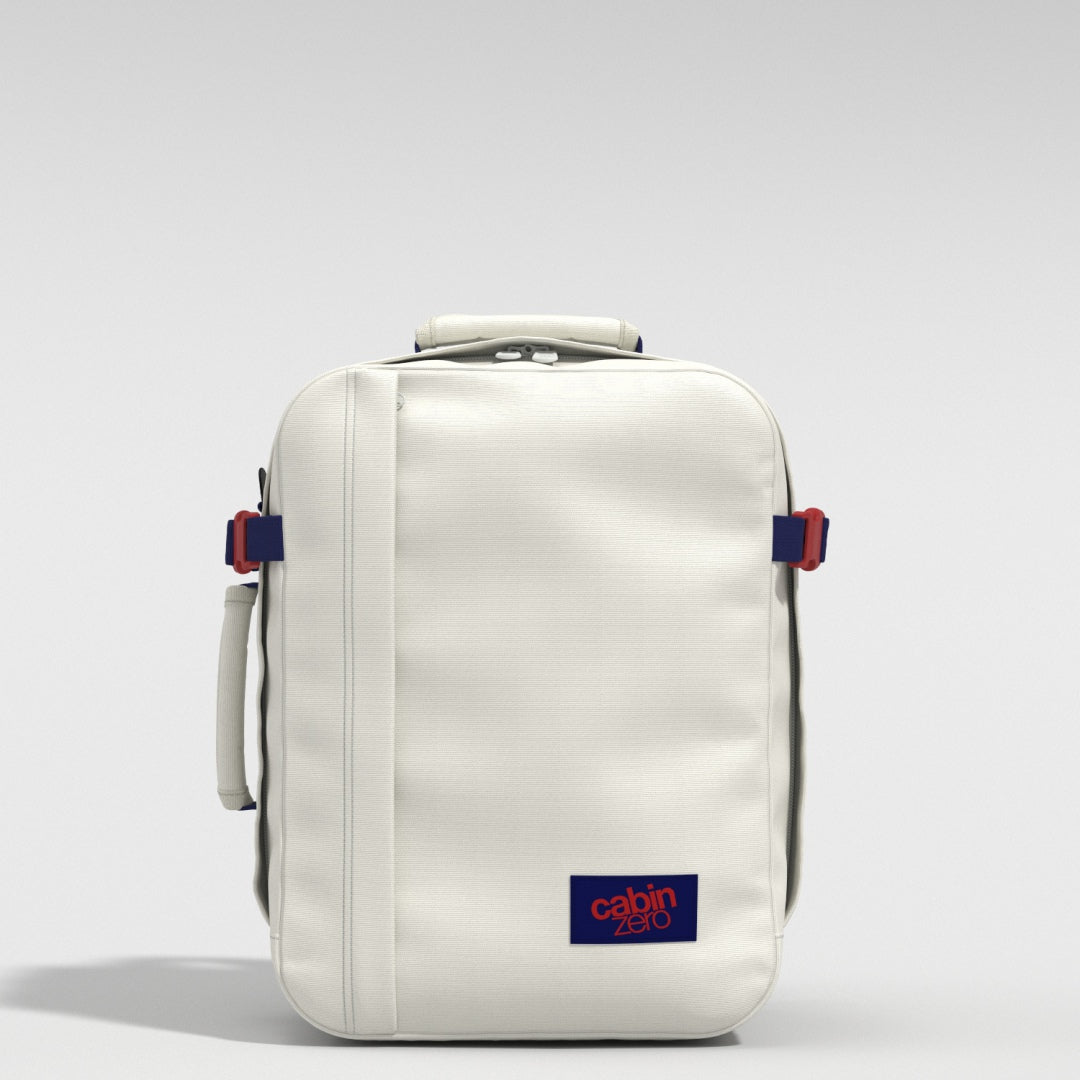

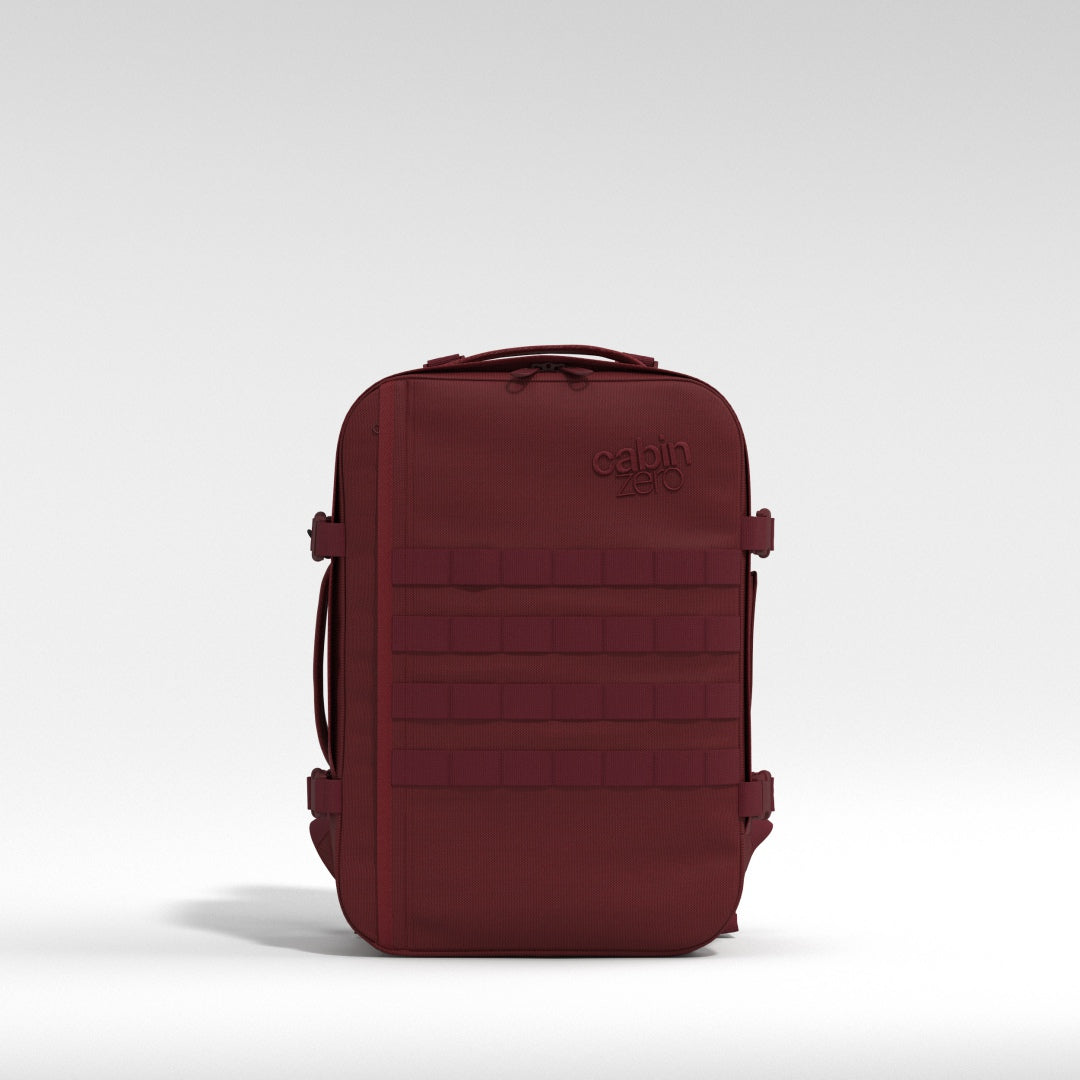

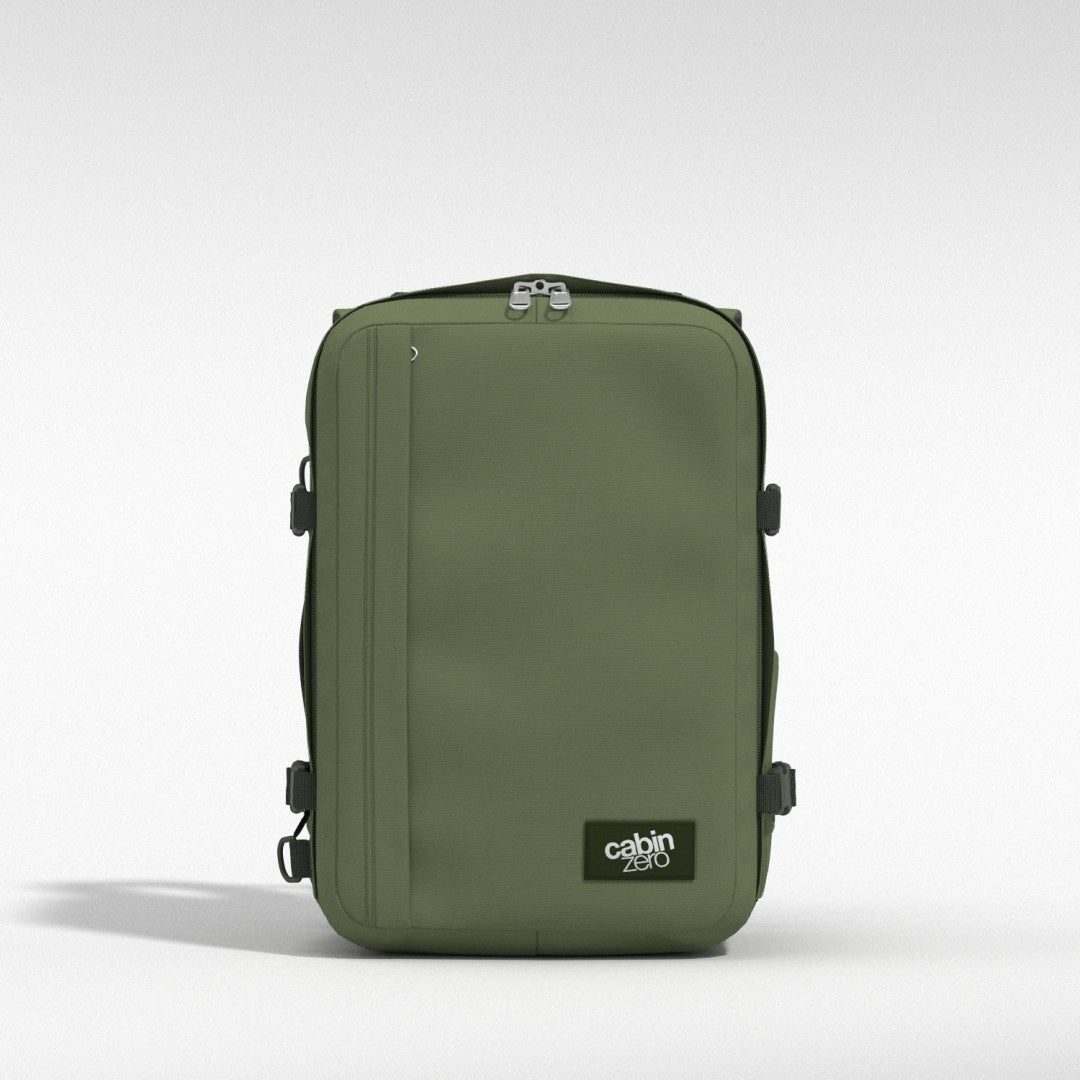

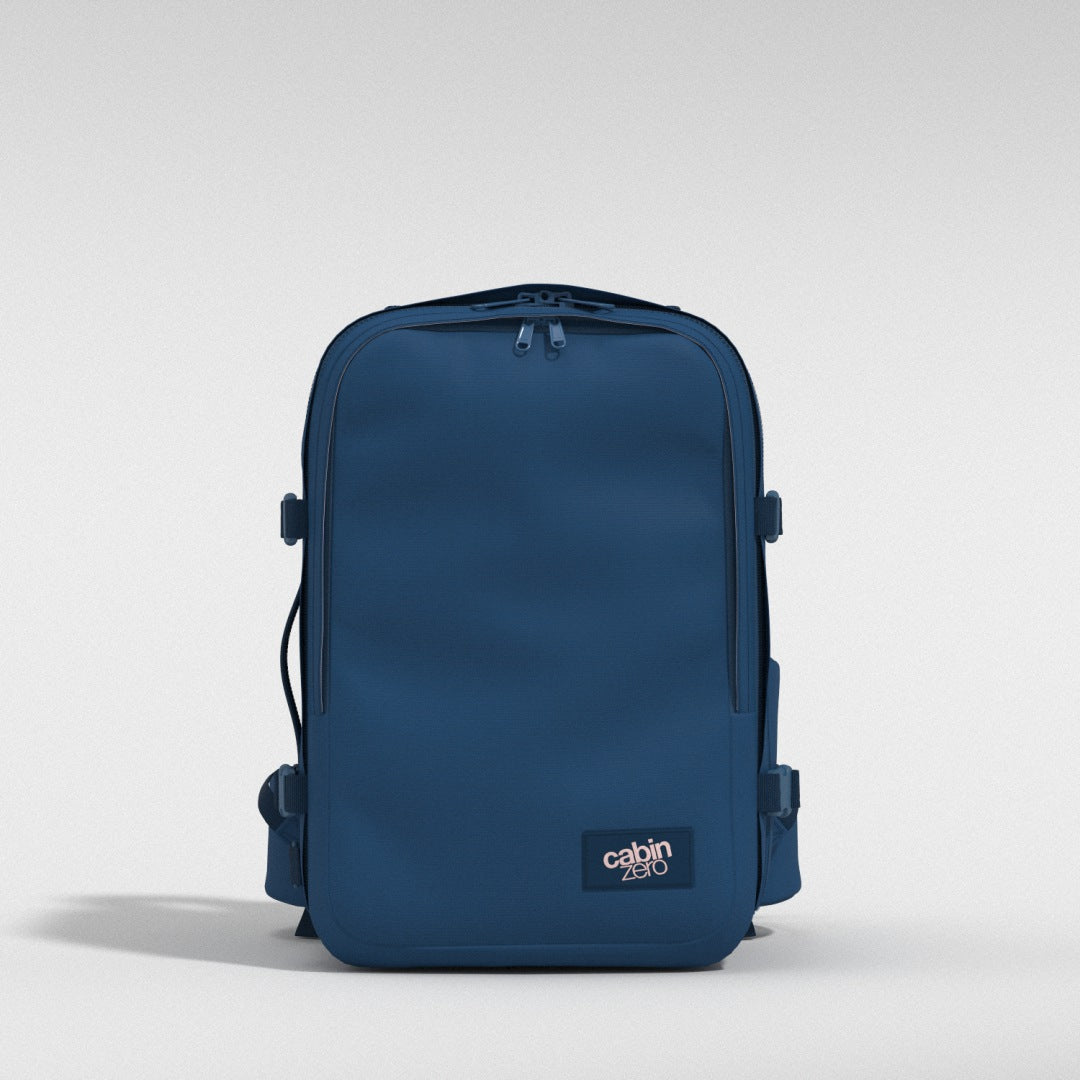




I would love to get my flight information from BWI to MBJ June 8
Thank you for the advice you have given. This is my first time travelling by myself from Glasgow to New Zealand. I normally would have my husband or son with me as I have no sense of direction.
So it’s fair to say I am panicking as to what gates and terminals I should be looking out for, especially when I land in Dubai then I have to get a connecting flight to Sidney then to Christchurch. Ooh it’s very daunting.😳😳
Thanks
Leave a comment